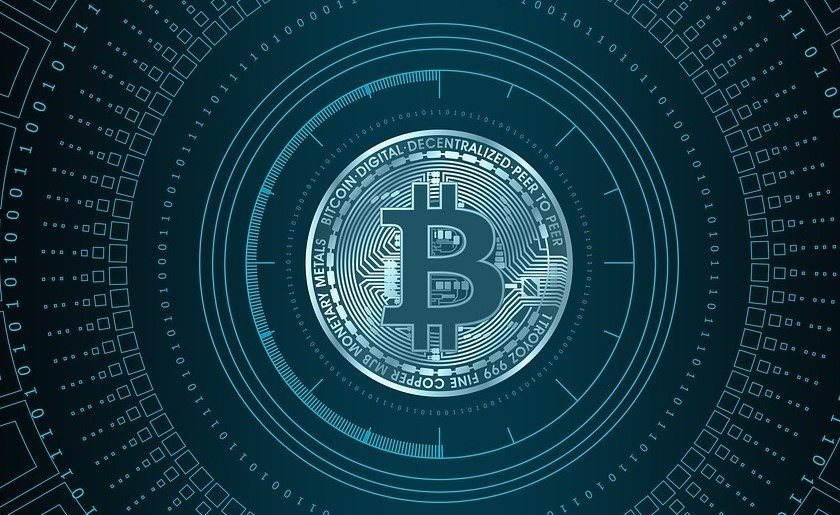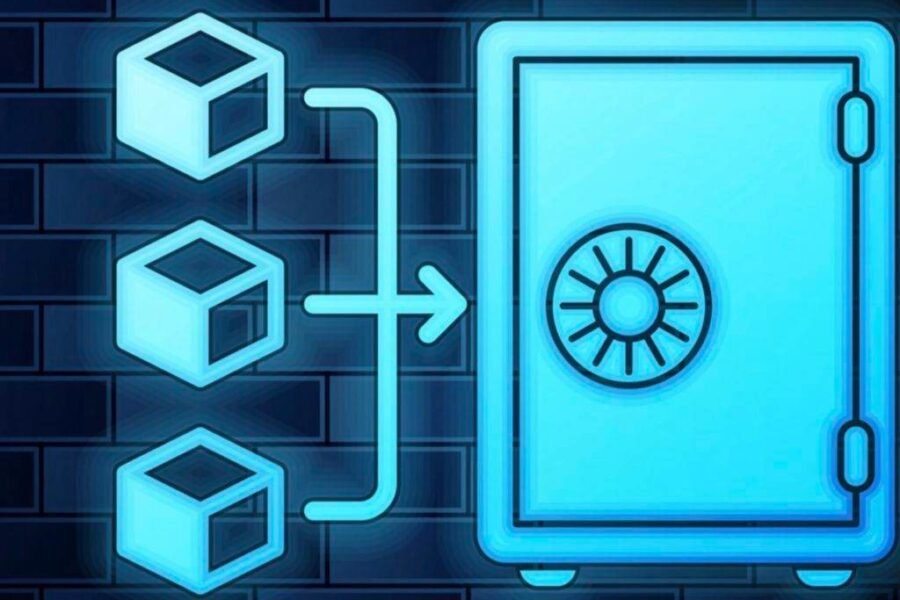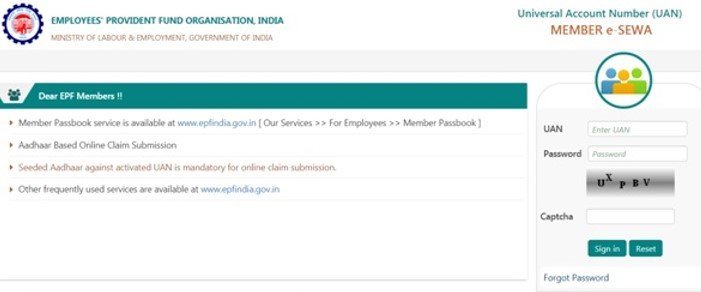Have you ever wondered why people have such strong opinions about the government setting prices for goods like gas or rent? Price controls are rules that limit how high or low a price can be. They are often used during crises to keep essential items affordable, but they create a heated debate. This division stems from different personal experiences, economic beliefs, and what individuals see as fair for society.
What Exactly Are Price Controls?
Price controls are government-imposed limits on the prices of goods and services. They are designed to manage affordability and prevent extreme price swings, especially for essential items. This is often done to protect consumers from sudden cost increases during emergencies or periods of high inflation.
There are two main types of price controls. A price ceiling sets the maximum price a seller can charge, like rent control in some cities. A price floor sets the minimum price, such as minimum wage laws for labor.
The primary goal is to maintain stability and ensure access to necessities. Historically, governments have used these tools during major events. For example, the U.S. implemented widespread price controls during World War II to fight inflation and manage resources for the war effort.
The Main Argument for Price Controls
Supporters view price controls as a crucial tool for protecting consumers, especially those with low incomes. When the cost of basic needs like food, housing, or medicine rises sharply, price caps can prevent them from becoming unaffordable for many families.
Advocates argue this promotes social equity. They believe that in a fair society, everyone should have access to essential goods, regardless of their income level. Without government intervention, they worry that market forces could lead to price gouging, where sellers take advantage of a crisis to charge unfairly high prices.
This perspective sees the market as sometimes failing to serve the public good. For many, price controls are a necessary safety net that puts people’s well-being before corporate profits.
Why Many People Oppose Price Controls
On the other side, opponents argue that price controls do more harm than good by interfering with the natural laws of supply and demand. They believe that a free market is the most efficient way to allocate resources.
When the government sets a price ceiling below what the market would naturally dictate, it can lead to several negative consequences. Producers may lose the incentive to supply goods if they can’t make a profit, which can cause significant problems for consumers.
The most common issues include:
- Shortages: If prices are kept artificially low, demand can skyrocket while supply dwindles. This leads to empty shelves and long lines, as seen during the 1970s gas crisis in the U.S.
- Lower Quality: To maintain profits at a capped price, companies might cut corners, resulting in lower-quality products and services.
- Black Markets: When goods are unavailable through official channels, illegal markets can emerge where items are sold at much higher prices.
Critics argue these outcomes ultimately hurt the very consumers the controls were meant to help. They believe that fostering competition is a better long-term solution than regulating prices.
How Your Income and Education Influence Your Opinion
Your personal financial situation often plays a big role in how you view price controls. If you have a lower income, you are more likely to feel the impact of rising prices on your daily life. For this reason, you might see price controls as a welcome relief that provides much-needed stability.
In contrast, someone with a higher income may not be as concerned about affordability and might focus more on the potential for market disruptions. Their financial security allows them to weather price increases more easily.
Your level of economic education also shapes your perspective. Those who have studied economics may be more aware of the potential downsides, like shortages and reduced quality. They might prefer solutions that address supply issues rather than just capping prices. Meanwhile, someone without that background may focus on the immediate, tangible benefit of lower costs.
Political and Psychological Divides on Market Rules
Political beliefs are a major dividing line. Those on the political left tend to see price controls as a valid way for the government to ensure social welfare and correct market failures. They often prioritize consumer protection and equity.
Conversely, those on the right typically champion free-market principles. They argue that government intervention creates inefficiency and harms the economy in the long run. This view prioritizes economic freedom and the belief that markets will regulate themselves.
Our psychological biases also play a part. The concept of “loss aversion” suggests we feel the pain of a loss (like a price hike) more strongly than the pleasure of an equivalent gain. This can make people more supportive of measures that prevent prices from rising, even if those measures have other negative effects.
Here is a simple breakdown of the two competing views:
| Arguments for Price Controls (Advocates) | Arguments Against Price Controls (Opponents) |
|---|---|
| Protects consumers from price gouging. | Leads to product shortages. |
| Ensures affordability of essential goods. | Reduces the quality of goods and services. |
| Promotes social equity and fairness. | Creates black markets. |
| Stabilizes the economy during crises. | Distorts natural supply and demand. |
Frequently Asked Questions about Price Controls
What are the most common examples of price controls?
Rent control in cities like New York and San Francisco is a classic example of a price ceiling. Minimum wage laws are a form of price floor, setting a baseline for the price of labor.
Do price controls ever work?
They can provide short-term relief by making goods affordable during an emergency. However, most economists agree that if left in place for too long, they often create bigger problems like shortages and economic inefficiency.
Why do shortages happen with price ceilings?
When a price is capped below the market rate, more people want to buy the product (higher demand), but producers are less willing to make and sell it because it’s less profitable (lower supply). This gap between demand and supply results in a shortage.
How does my personal experience affect my view on this?
If you have struggled to pay for necessities, you are more likely to support measures that keep prices low. If you are a business owner, you might oppose them because they can hurt your ability to cover costs and make a profit.
Are there alternatives to price controls?
Yes, many economists suggest other solutions. To help consumers, governments can offer subsidies or targeted financial aid. To address high prices, they can implement policies that increase supply and competition in the market.









Leave a Comment